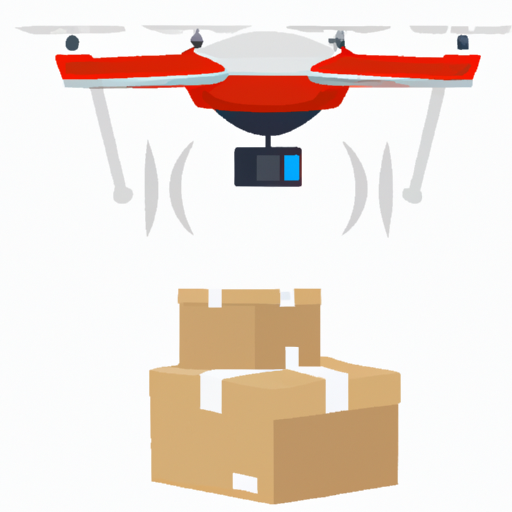In an era of rapid technological advancements, 5G technology emerges as a game changer for every sector. From home automation to smart cities, 5G is redefining the way we connect, communicate, and work.
What is 5G Technology?
5G, or fifth-generation technology, is the latest standard for mobile networks, succeeding 4G LTE. It offers significantly higher data speeds, lower latency, and the ability to connect a greater number of devices simultaneously.
Key Benefits of 5G Networks
- Enhanced Speeds: 5G technology can provide data download speeds up to 100 times faster than 4G, making streaming and downloads smoother than ever.
- Improved Latency: The latency in 5G networks can be as low as 1 millisecond, allowing for real-time communication that is especially beneficial for applications like remote surgery and autonomous vehicles.
- Massive Connectivity: 5G supports a significant increase in devices, with a capacity of over a million devices per square kilometer, enabling the Internet of Things (IoT) to flourish.
- Increased Reliability: With improved reliability and stability, 5G technology allows for uninterrupted services, which is crucial for business operations.
- Energy Efficiency: 5G networks are more energy-efficient than previous generations, contributing to a reduction in carbon footprint.
The Impact of 5G Technology on Various Industries
5G is set to transform various sectors through:
- Healthcare: Remote patient monitoring and telemedicine applications are improved, leading to better healthcare services.
- Manufacturing: Smart factories utilizing IoT devices will operate more efficiently with real-time production data.
- Transportation: Autonomous vehicles will communicate with each other and infrastructure seamlessly, enhancing safety and efficiency.
- Entertainment: Augmented reality (AR) and virtual reality (VR) experiences will reach new heights in gaming and live events.
The Future of Connectivity
As we move forward, embracing 5G technologies will act as a catalyst for innovation across all walks of life. The increased connectivity has the potential to support developing economies and digitize everyday activities, making the world more connected than ever.
Conclusion
In summary, 5G technology is not just an upgrade but a revolutionary leap into the future of connectivity. Its benefits span various industries, paving the way for smarter cities and improved lives. As we continue to adapt to this new era, staying informed and ready for these technological advancements is crucial.













